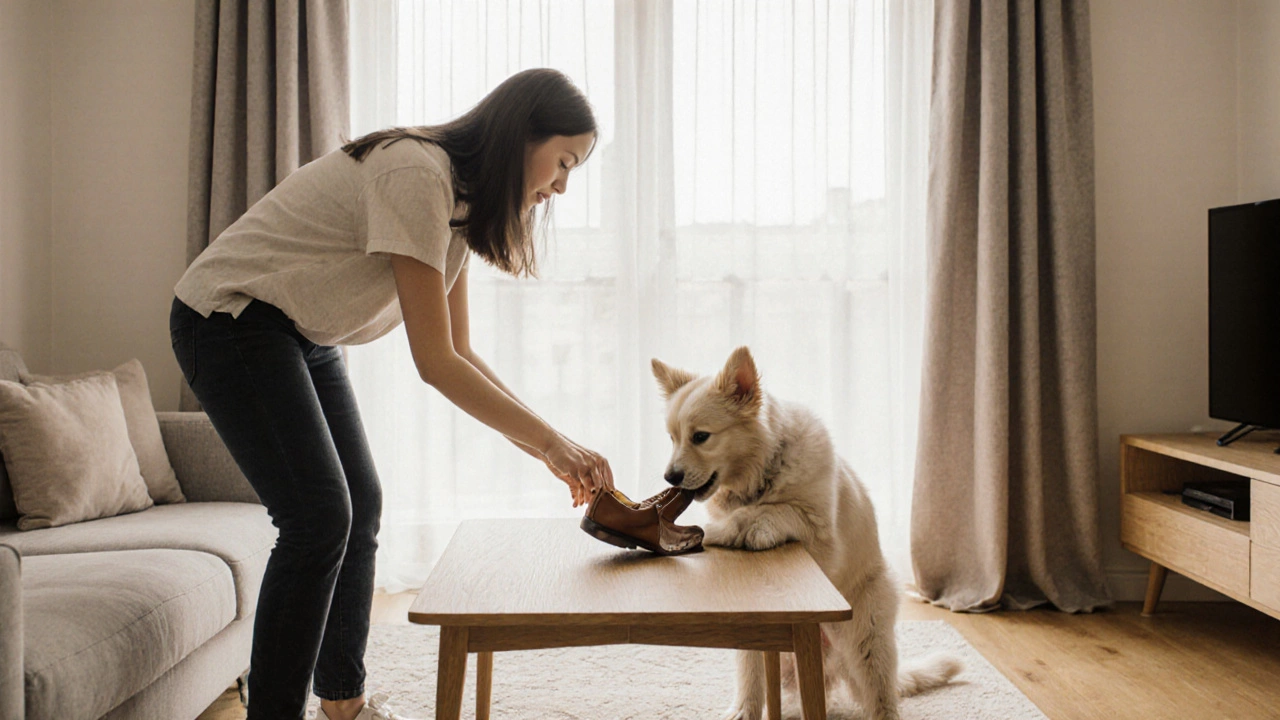Teach Puppy "No": Proven Tips to Stop Bad Behavior
When working with teach puppy no, the process of teaching a young dog the word “no” to curb unwanted actions. Also known as puppy “no” command, it forms the foundation for reliable obedience and safer interactions.
Effective puppy training, a structured approach that combines consistency, timing, and reward is the backbone of any "no" lesson. Teach puppy no requires positive reinforcement, the practice of rewarding the behavior you want to see, because dogs learn faster when they know they’re doing something right. The method also helps address common issues like puppy biting, a natural mouthing habit that can turn into nipping if left unchecked. By pairing a firm "no" with a tasty treat or a favorite toy, you give the pup a clear alternative to biting. Likewise, crate training, using a safe, confined space to teach boundaries, supports the "no" command; a well‑trained crate becomes a calm spot when the puppy gets overly excited or tries to test limits. In short, teaching puppy no involves consistent cues, immediate feedback, and rewarding correct behavior – a triple that links cue, correction, and reward together.
Now that you understand the core ideas, you’ll see how each article below expands on these points. Some dive deeper into handling biting, others break down step‑by‑step crate training, and a few explore how timing and tone influence a puppy’s response to "no". Whether you’re a first‑time owner or looking to polish your approach, the collection offers actionable advice you can start using today. Keep reading to uncover practical tools, real‑world examples, and expert tips that turn the simple word "no" into a reliable part of your puppy’s vocabulary.
How to Teach Your Puppy ‘No’ - Simple Training Tips
Learn the step‑by‑step method to teach your puppy ‘no’ using clear cues, consistent timing, and positive rewards for lasting results.
